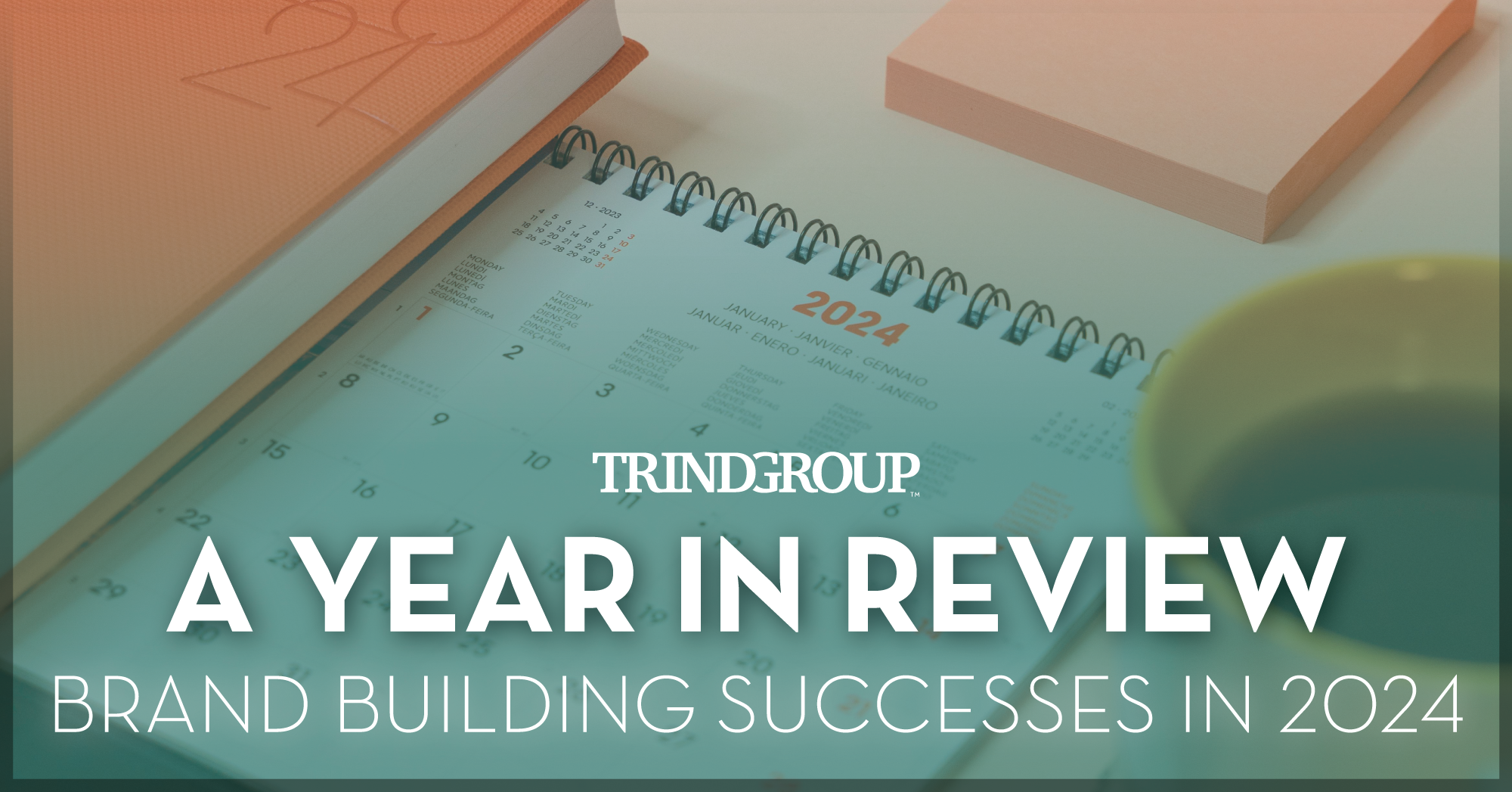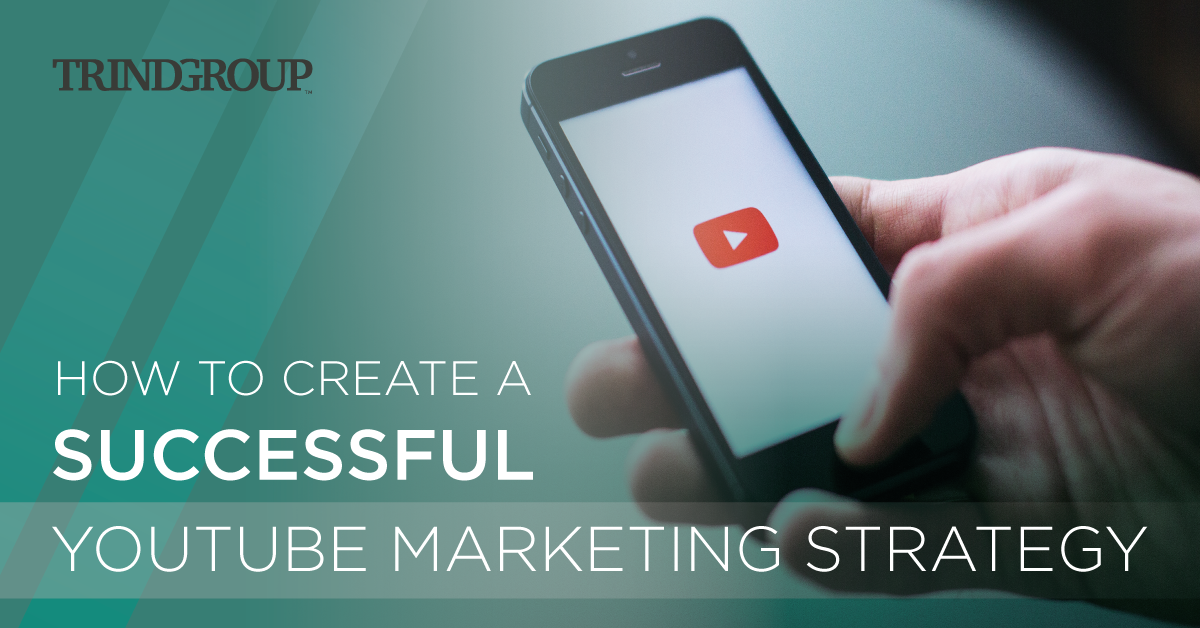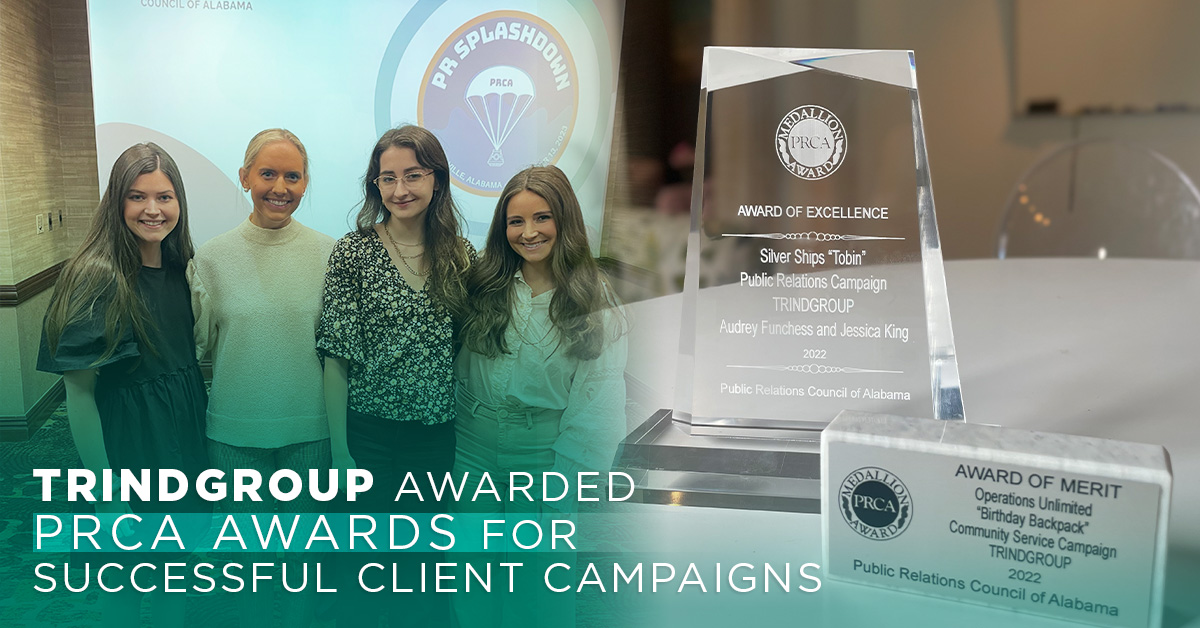Marketing for the Aquaculture Industry: Takeaways from Seafood Expo North America Reconnect
It’s no secret that the aquaculture industry, like most, experienced a dramatic shake-up thanks to the COVID-19 pandemic. The March 2020 edition of Seafood Expo was postponed, then canceled, then rescheduled for spring of 2021. With the world still maintaining COVID caution, Seafood Expo North America was presented digitally last month and provided timely insights into changes the industry has faced over the past 12 months and what the future may hold.
Aquaculture Marketing:
Consumer Education is Key
Even if you’re a B2B company, your product or service will impact the end consumer because it’s a part of the aquaculture ecosystem. This ecosystem is heavily dependent on end-consumer preferences and demand, which is influenced by their perception and priorities. It’s important to understand the end-game – what are consumers looking for when it comes to choosing their food, particularly seafood?
Understanding What Consumers Want from Seafood
Panelists at SENA focused on qualities of the end consumer that impact seafood demand. These consumer values include:
- Familiarity with products
- Affordability – products that are accessible to all
- Healthy for the entire family
- Quick – people are busy and want to prepare healthy meals quickly
- Easy to cook – less prep work and cooking time is ideal for the end consumer
- Sustainable – consumers want to know that their decision is beneficial to the earth
Now the question is, how are you marketing to each of these values? Are you focused on one area, but neglecting another? A well-rounded marketing strategy will address each of these values as it pertains to your customers and their interactions with end consumers.
Do you Know Who Your Customer Is?
A great first step is to create audience personas – who is buying your product or service? And even further, who is the consumer that will benefit from your product and service in the end? Answering these questions will help you determine qualities of your audience, which will then allow you to tailor messaging to them and reach them via channels they use most often.
Sustainability
According to SENA expert panelists, sustainability is mainstream now, but is it a priority for your company? If so, how are you showing it to the customer and end consumer? People are tracking products and services back to their origin when deciding which brands to work with – would their ideals align with your brand’s sustainability efforts?
If you have sustainability programs in place, marketing them to your customers and their end consumers should be a priority. Strategic packaging, public messaging and website content are just a few examples of bringing sustainability to the forefront to your target audience.
If you consider these questions and have not placed sustainability at the forefront of your aquaculture company’s priority list, now is the time to seriously consider steps toward change. According to SENA panelists, retail and food service organizations are actively searching for partners that adhere to strict sustainability guidelines. If you are not compliant or actively working toward compliance, there’s a good chance you could miss out on business opportunities.
Policies and Procedures:
Communicating Change to Key Stakeholders
When the world turned upside down, clear communication became even more imperative to business success. With supply chains faltering, demand shifting and health concerns pressing pause on production, it was the perfect storm for the aquaculture industry and others in the food and beverage sector.
It’s challenging to keep employees, customers, vendors, stakeholders and the public in the loop generally, and even more so during times of change. SENA panelists discussed the importance of flexibility and fluidity while keeping key audiences informed of supply interruptions, logistical issues, health and safety of employees and more.
Crisis Communication
Although adjustments on the fly to keep distributors and other customers fulfilled is one type of communication, it’s another process to manage a crisis during an ongoing, worldwide mega-crisis. Does your team have a crisis communication plan in place? If a situation were to arise in which employees were sick or injured and production stopped; or a natural disaster destroyed a regional hub; or a legal issue was made public; would you know how to respond without making matters worse?
Some aquaculture companies faced these types of crises during the pandemic, especially surrounding employee health. What you say to the public during times of crisis can make or break brand credibility, so planning ahead before a crisis occurs is critical.
Internal Communication
When you must adjust on the fly – how do you keep everyone in the loop? A shift to remote work wasn’t always possible during the COVID-19 pandemic, as many in the aquaculture industry are considered essential workers. Did your organization have clear messaging to employees about changes in the workplace? Were employee safety efforts prioritized and shared in a timely manner? For many, the answer is yes – and those at SENA praised the aquaculture industry for its response and care for employees.
If your internal communication fell short or felt chaotic during the pandemic, you’re not alone. However, establishing clear employee communication guidelines can keep everyone on the same page and could reduce some issues the industry faced, including reducing the impact of the current labor shortage.
Customer Communication
Supply issues are nothing new, and the aquaculture industry is good at adapting to them. The SENA consensus was the aquaculture industry handles up-and-down markets more often than other industries, which contributed to the relatively “smooth” problem-solving and communication from the aquaculture world to their customers and publics throughout the pandemic.
How does your customer communication measure up? Do you only reach out for the sale, or are you in constant discussion with your customers to resolve problems, address concerns and go above and beyond during the good times?
Developing strong, reliable messaging for customers can increase retention and build credibility.
Seafood Expo North America Reconnect offered an excellent opportunity to hear from expert panelists across the aquaculture and seafood industries about the good, bad and ugly from the past year, and how the industry has survived and, in some areas, thrived.
If any of these topics stood out to you as something you and your team would like to work on to better prepare for inevitable future changes in the industry, we’d love to partner with you for your marketing, PR and design needs.
Mary Catherine Ratliff is a Senior PR and Marketing Manager who specializes in traditional public relations including media relations, and also has years of experience in social media management, content development, digital marketing and internal communication. Mary Catherine develops strategic PR and marketing plans for her clients based on their business goals, and manages the execution of those strategies day-to-day. She has worked with a wide range of B2B and B2C brands including those in marine, oil and gas, engineering, aquaculture, law, finance, manufacturing, entertainment and health/wellness industries.
Mary Catherine holds a B.A. in Public Relations with minors in business and Spanish from Auburn University.
When she’s away from her work laptop, you can find “MC” exercising, cooking, writing for fun and spending time outdoors.
MARY CATHERINE RATLIFF
Senior PR & Marketing Manager
TRINDGROUP





